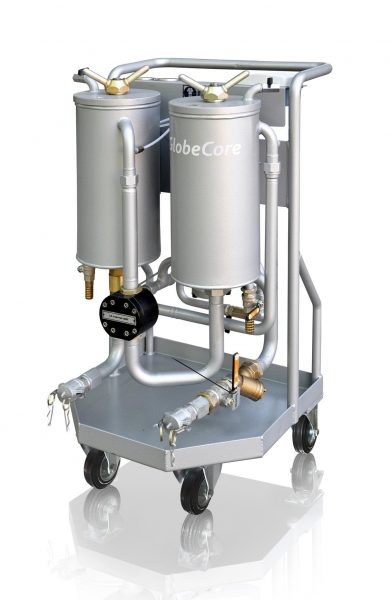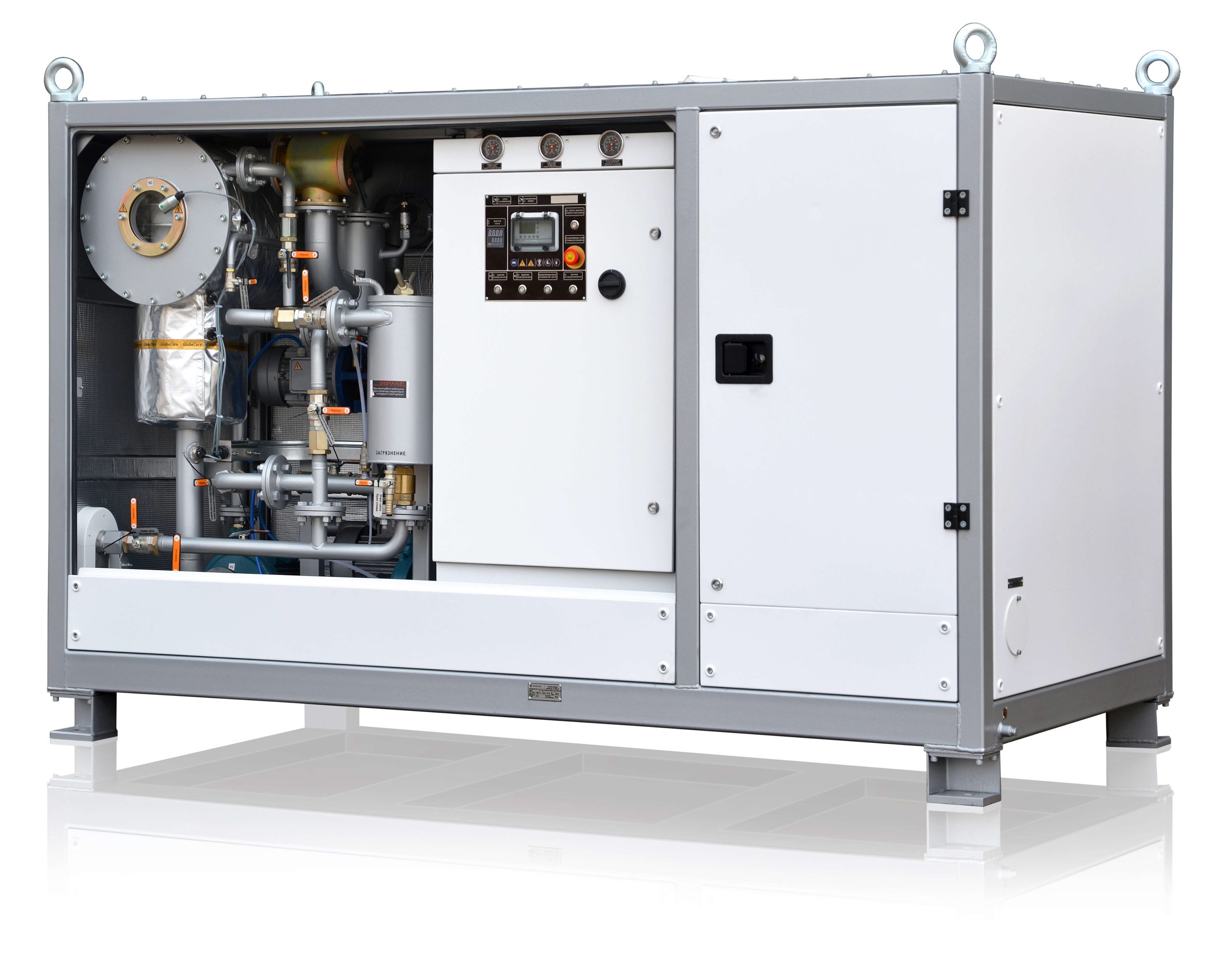Industrial OIL CLEANING : BASIC METHODS
Petroleum base oils are indispensable in many industries, performing heat-removing, lubricating, protective functions etc. Oils are constantly exposed to many negative factors, which include friction, exposure to high temperatures, oxygen, pollution by mechanical particles. As a result, oil begins to lose its properties and can not continue to perform well the functions its assigned to. Therefore, in practice, contaminated oils are cleaned to get rid of accumulated foreign impurities. Let’s consider the main methods of cleaning oil from various harmful impurities.
UPGRADING OIL WITH SULFURIC ACID
A 96% solution of sulfuric acid is used to remove unsaturated hydrocarbons, tar and nitrogen compounds from petroleum products. Its quantity is calculated based on the volume of oil (0.5-1% by weight). The result of sulfuric acid cleaning is clean oil in the top layer with some acid residues, and a naphtha sludge at the bottom, outwardly resembling a black viscous mass.
OIL REFINING WITH ALKALI
To remove organic acids, phenols, hydrogen sulphide and mercaptans from oil – resort to cleaning with alkali (in most cases, caustic soda). It is also used to neutralize sulfuric acid, which was previously used to purify oil. The substances obtained as a result of chemical reactions dissolve in water and can easily be removed together with an aqueous solution of alkali. This approach is often used in fuel refining.
ADSORBENT PURIFICATION
The absorption of resins, sulfur compounds and organic acids is realized through special substances – adsorbents (bleaching clays or silica gel).
METHOD OF SELECTIVE SEPARATION
Selective separation provides a selective removal of oil contaminants due to the different dissolving ability of some reagents. The solvents generally used are phenol, furfural, liquid propane, nitrobenzene, etc. Some of these substances dissolve the undesirable components and are then removed, while the others dissolve hydrocarbons, and harmful impurities and then precipitate. With correct separation of layers the solvent is can be distilled for further use.
ADSORPTION DEPARAFFINIZATION OF OIL
Paraffins are hydrocarbons with a high pour point. The process of their removal is called dewaxing and is realized by cooling the oils and then separating the formed solid crystals.
HYDROTREATMENT
Sulfur compounds are removed from oils by hydrotreatment (treatment with hydrogen). The efficiency of the process depends on the temperature and pressure. The compounds, which contain sulfur, are removed by binding with hydrogen forming hydrogen sulphide.
In parallel, distillates are purified from organic acids and unsaturated hydrocarbons. The general scheme of hydrotreating is as follows. Contaminated oil, together with hydrogen, is heated to 400 ° C, and then fed to a special reactor with pressure of 50 kg / cm2. The process is accelerated by alumino-molybdenum used as a catalyst.
OIL CLEANING IN CENTRIFUGES
This is a simple, reliable and cheap way to get rid of mechanical impurities, water and tar. The disadvantage of centrifugation is the inability to provide the required grade of oil purity at an initial high degree of contamination.
CLEANING OIL THROUGH SEPARATION
One of the possible ways of oil cleaning is separation, which is carried out with special equipment – separators. They are divided into two types: open and vacuum.
Vacuum separators clean oil from mechanical particles and suspended moisture and also from dissolved moisture and air. The nature of contamination determines the type of separation – clarification or purification.
Clarification is used to separate small amounts of mechanical impurities, coal, sludge and water from oil. The products are removed into a special strainer
Purification is used when oil is composed out of two liquids that are different in density. Purification separates them from each other at continuous removal.
Generally, clarification is used to purify insulating oils, it cleans turbine oils from mechanical impurities and a small amount of water, but when water content exceeds 0.3%, it is necessary to resort to purification.
In many cases, the use of separators is not justified, since they are energy-intensive devices, and they do not provide a necessary degree of purification, corresponding to existing norms and requirements.
EQUIPMENT FOR OIL CLEANING FROM GLOBECORE
GlobeCore oil cleaning equipment has no drawbacks mentioned above. CMM stations are designed for cleaning petroleum oils from mechanical impurities, water and gases. These stations can be successfully used during installation, repair and operation of various oil-filled equipment.
Advantages of GlobeCore CMM stations:
- Oil recycling to the required operational parameters is carried out by a thermal vacuum treatment in just one cycle;
- Extension of oil service life;
- Different models of equipment stationary (containerized, frame mounted, under an awning) and mobile (on wheels, on a trailer);
- Easy maintenance and operation.
Mobile oil station CMM-10-10
Thus, oil purification stations from GlobeCore prolong the life of oils in service and save money on purchase of fresh oil. The frequency of regeneration is reduced, as well as is the storage areas for waste oil.


 CMM-4,0F Oil filtration ...
CMM-4,0F Oil filtration ... CMM-4/7 portable oil ...
CMM-4/7 portable oil ...